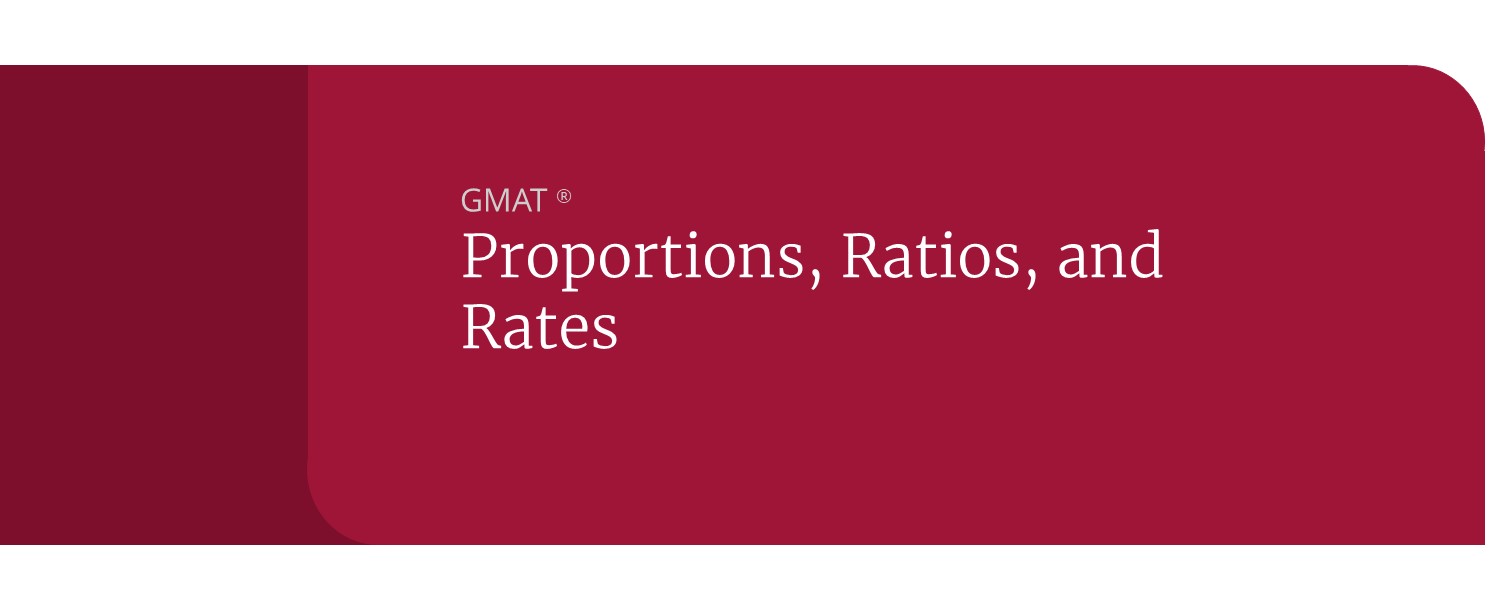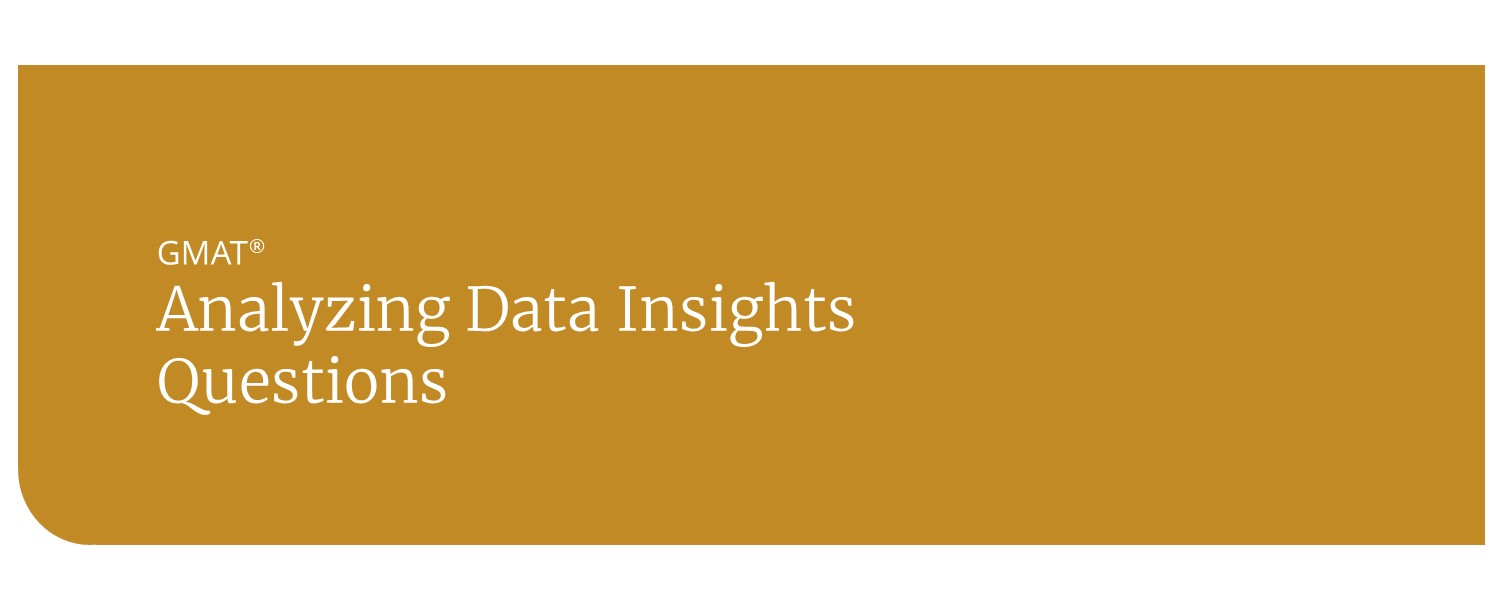GMAT Tips: Proportions, Ratios and Rates
Proportions appear in many forms in the Quantitative Reasoning section of the GMAT, and they tend to give test-takers trouble. A proportions problem may involve a basic ratio (for example, apples to bananas), varying rates (price per gallon), or geometric shapes (similar triangles). Recognizing proportion patterns and understanding the relationships they represent will give you an edge on Test Day.
A ratio is the relationship of one quantity to another, expressed in the lowest terms. Think of a ratio as a reduced fraction of the relationship. Ratios may be expressed in words, such as, “The ratio of apples to bananas is three to four.” You may also see this ratio represented by a colon, in which case the question may say, “The ratio of apples to bananas is 3:4.”
These are both legitimate, but they are mathematically pretty useless. To solve a problem involving a ratio, you need to express it written as a fraction.
The ratio of apples to bananas in a basket is 3:4. There are 12 apples in the basket. How many bananas are in the basket? First, write the ratio as a fraction:
Then plug in 12 for the total number of apples.
All you need to do now is cross-multiply and divide to solve for b, the number of bananas: 3b = 48, so b = 16.
If you know a:b and b:c, you can find a:c.
Proportions on the GMAT become a bit more tricky when they involve rates, but the same principles apply. Let’s say the price is $3 per gallon. If a customer purchases 12 gallons of gasoline, how much does she spend?
Again, use a fraction to set up the proportion.
For rates, you can arrange the fractions in a couple of ways. You can pair the price per gallon in one fraction, or you could put the number of gallons together and the prices together.
Either way, when you cross-multiply you get x = 36, so the price of 12 gallons is $36.
Brushing up on proportions is an important part of preparing for GMAT Quantitative Reasoning. Look for proportional relationships in problems that don’t look like proportion problems; recognize this pattern on test day.
FREE PREMIUM CONTENT
GMAT Math Quicksheet
Unlock access to our free GMAT Math Quicksheet



